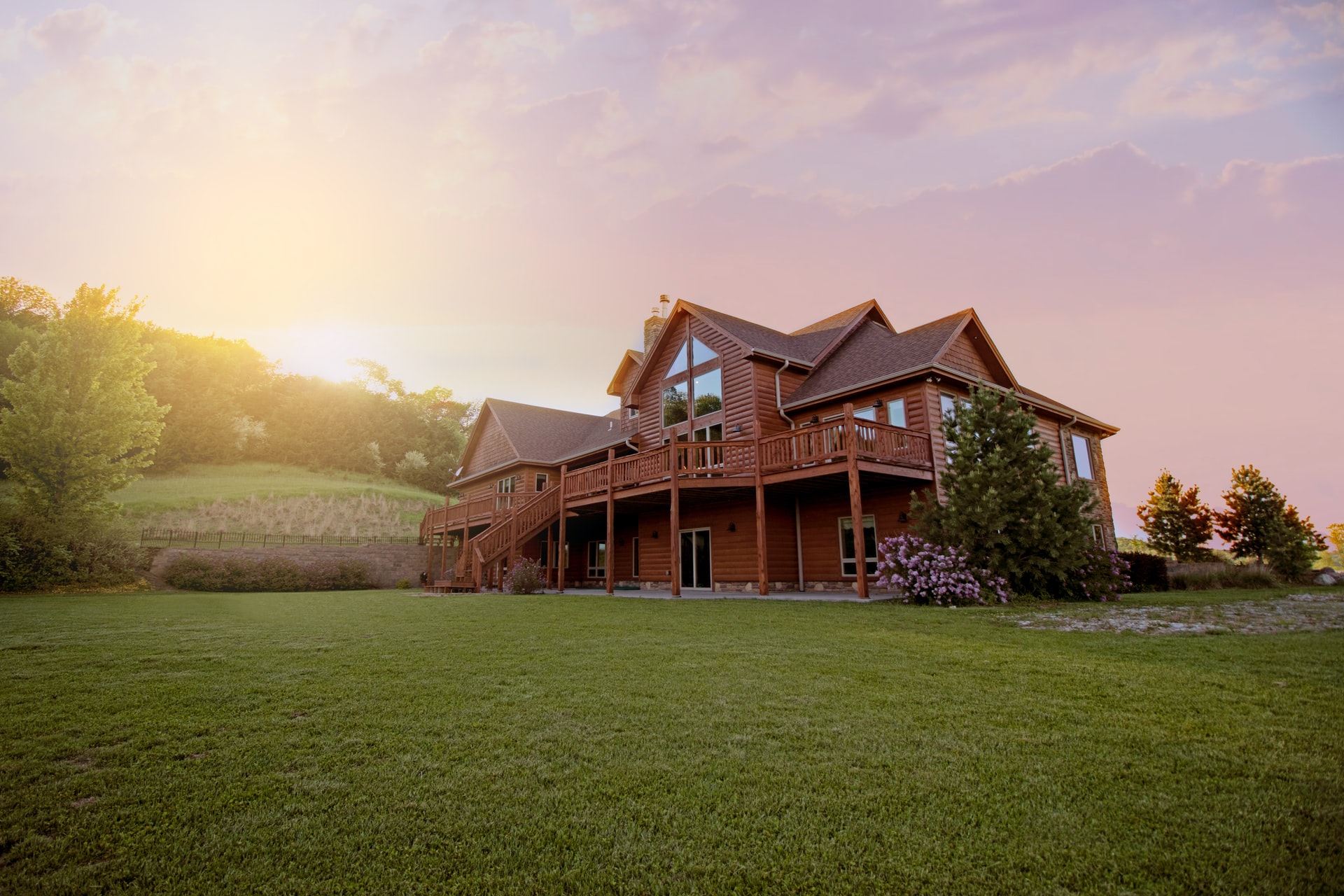The actual estate includes real property, land, buildings, air rights over the land, and subsurface rights beneath the land, among other things. The term “real estate” refers to physical or tangible property. Real is derived from the Latin root res, which means “things.” Others claim it comes from the Latin word “rex,” which means “royal,” because rulers used to own all of their kingdom’s land.
There Are Four Different Types Of Real Estate.
Residential Real Estate
This category contains both new and secondhand residences. Single-family dwellings are the most frequent type. Condos, co-ops, townhouses, duplexes, triple-deckers, quad lexes, high-value residences, multi-generational, and holiday homes are also available.
Commercial Real Estate
Shopping malls and strip malls, medical and educational facilities, hotels, and offices are all included. Even if they are used for residential purposes, apartment complexes are frequently classified as commercial. This is due to the fact that they are owned in order to generate revenue.
Industrial Real Estate
Manufacturing buildings and property, as well as warehouses, are examples of industrial real estate. The structures can be used for product development, manufacture, storage, and distribution. Commercial real estate includes some structures that deliver goods. Because zoning, building, and sales are all handled differently, classification is crucial.
Vacant Land
Farms and ranches in operation. Undeveloped, early development or reuse, subdivision, and site assembly are all subcategories of unoccupied land.
Types Of Real Estate & Investing
Real estate investing is done by anyone who buys or sells a home. That implies you’ll have to think about a lot of things. Many people are so successful at investing in their homes that they wish to start a business buying and selling houses. That can be accomplished in a variety of ways. You can start by flipping a house. This is when you buy a house, renovate it, and then sell it. Many folks have multiple properties that they rent out. You can invest in housing without having to buy a house. Homebuilder stocks are available for purchase. Their stock values fluctuate in response to the housing market. Another option is to use REITs, or Real Estate Investment Trusts. These are commercial real estate investments.
If mortgage rates continue to fall, the homebuilder will be left with an inventory of unsold homes. It also implies that while demand is high, homeowners are unable to obtain financing. Rising house starts may appear to be a sign of housing strength. However, it could be a warning indication. The housing market is weak if home closings are declining. The first phase in a nine to twelve-month process is the sale of a new home. If new house sales pick up, closings should increase in approximately a year. The remaining three phases, however, must be accomplished in their entirety. A new home sale occurs when the buyer signs the paperwork and pays a deposit to the builder.
Final Thoughts
That’s because most new homes aren’t built until a buyer has been found. Spec homes that are utilised as model homes are an exception. The Census Bureau publishes monthly new home sales estimates. They are expressed as an annual percentage rate. The permit is granted two months after the paperwork is signed by the local housing authority. It’s a good predictor, but it’s not always correct. Builders may go bankrupt and never complete the required number of units. They have the ability to alter the number of units built in a multi-family building. Indeed, 22.5 per cent of multi-family permits are either not built or are converted to single-family dwellings. Finally, developers frequently obtain permissions for a big chunk of a complex, which might take months to complete.
When the builder breaks ground, something happens. The National Association of Home Builders publishes a monthly report on this. It’s quite correct because the construction of a new home only begins when the builder is confident enough to begin. The closing will take place six to nine months later.
Before the home can close, the buyer must obtain a mortgage. If the homebuyer does not meet the requirements, the house stays on the market. If this figure is lower than the number of homes sold, the new house market will begin to slump. There are too many homes being built, but there aren’t enough suitable buyers to fill them. It’s also possible that builders will start decreasing prices in order to clear their stockpiles. Fannie Mae publishes a report on all of its mortgages.



